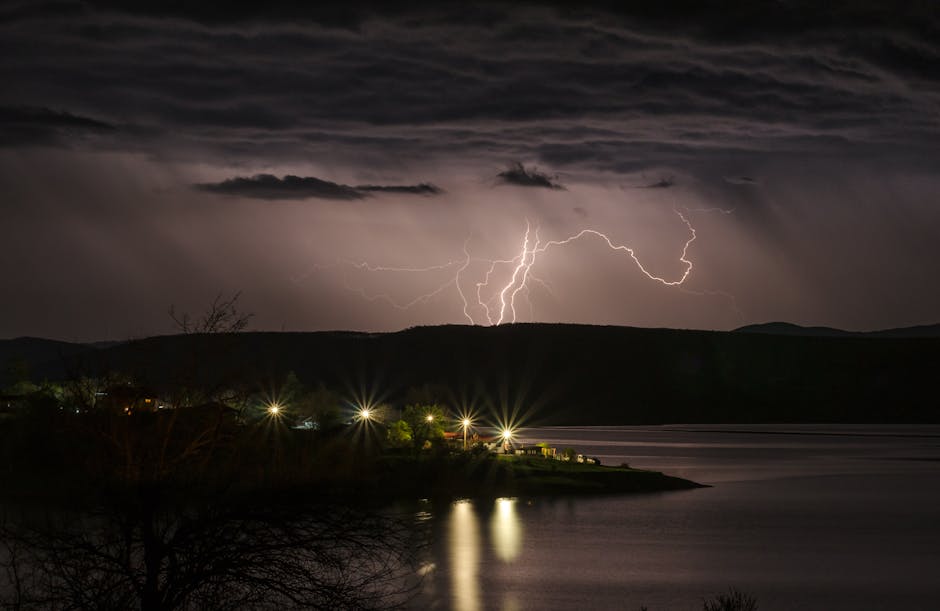Monsoon Fury Transforms Darjeeling Hills into a Flood Zone
The serene and picturesque Darjeeling hills, famed for their lush tea gardens and misty landscapes, have been plunged into chaos as relentless monsoon rains unleash widespread devastation. In a tragic turn, even the iconic one-horned rhinoceroses, symbols of India’s rich wildlife, have fallen victim to the floods, with several reported drowned. Viral videos depict submerged roads, landslides blocking highways, and rivers overflowing into towns, highlighting the severity of the crisis.
Floods and Landslides Cripple the Region
The Darjeeling district and surrounding areas of West Bengal have borne the brunt of the monsoon’s fury. Torrential rains have triggered massive flooding and landslides, with the Teesta River swelling to dangerous levels. The Hill Cart Road, a vital artery connecting Darjeeling to the plains, has been rendered impassable in multiple sections, with water flowing like a river. Local authorities have declared a state of emergency, urging residents to stay indoors and avoid travel.
Wildlife Tragedy: Rhinos Among the Victims
The Gorumara National Park, a sanctuary for the endangered Indian one-horned rhinoceros, has been severely affected by the floods. Preliminary reports indicate at least three rhinos drowned, unable to escape the rising waters. Forest officials and wildlife rescue teams are working tirelessly to aid stranded animals, but adverse weather and difficult terrain are hindering their efforts. Environmentalists warn of the long-term ecological impact of such extreme weather events on the region’s fragile ecosystem.
Social Media Captures the Crisis
Disturbing visuals of the disaster have flooded social media. One video shows a car being swept away by the raging Teesta River, while another captures a landslide engulfing a highway stretch. Residents have shared images of their homes submerged in waist-deep water, with belongings floating away. The hashtag #DarjeelingFloods is trending on Twitter, with netizens demanding urgent relief and assistance.
Red Alert Issued as Relief Efforts Intensify
The Indian Meteorological Department (IMD) has issued a red alert for the region, predicting more heavy rainfall in the coming days. National Disaster Response Force (NDRF) teams have been deployed for rescue operations, with helicopters airdropping essential supplies to isolated villages. Temporary shelters have been set up to accommodate those displaced by the floods.
Climate Change Blamed for Increasing Disasters
Local residents and environmental activists attribute the escalating frequency and intensity of such disasters to climate change. “The Darjeeling hills are experiencing unprecedented rainfall, and the infrastructure is ill-equipped to handle it,” said a local environmentalist. “This is a wake-up call about the consequences of deforestation and unplanned development.”
Tea Industry Faces Severe Losses
The tea industry, central to Darjeeling’s economy, has been severely impacted. Flooded plantations and inaccessible fields have raised concerns about significant production losses. The Darjeeling Tea Association has appealed to the government for immediate relief to support recovery efforts.
A Call for Resilience and Action
As the rains persist, rescue and relief efforts remain the top priority. The tragic drowning of rhinos underscores the broader environmental challenges facing the region. The Darjeeling floods highlight the urgent need for resilience-building and sustainable development to protect the area’s unique biodiversity and way of life.
Stay tuned to NextMinuteNews for the latest updates on this developing story.




